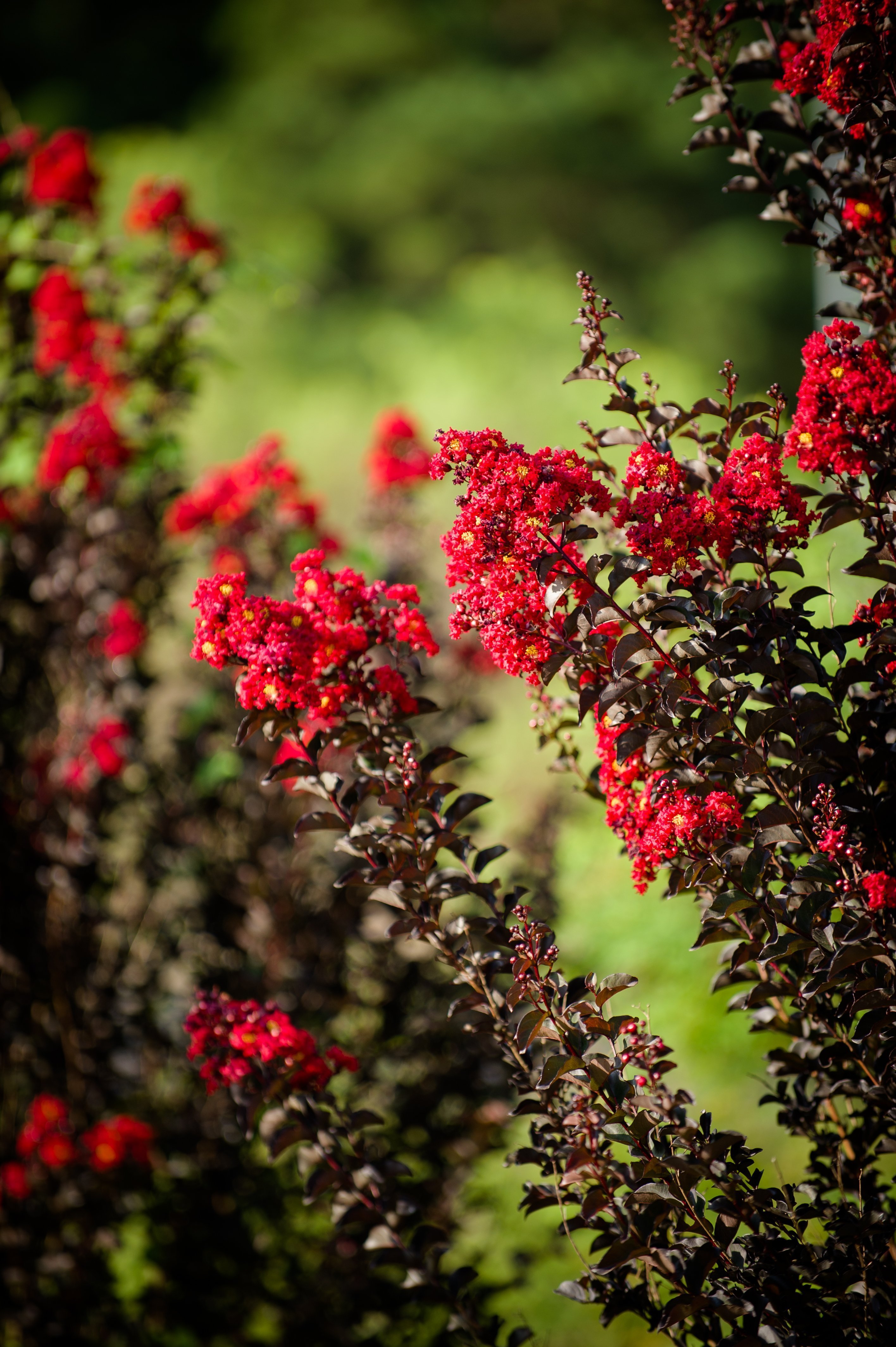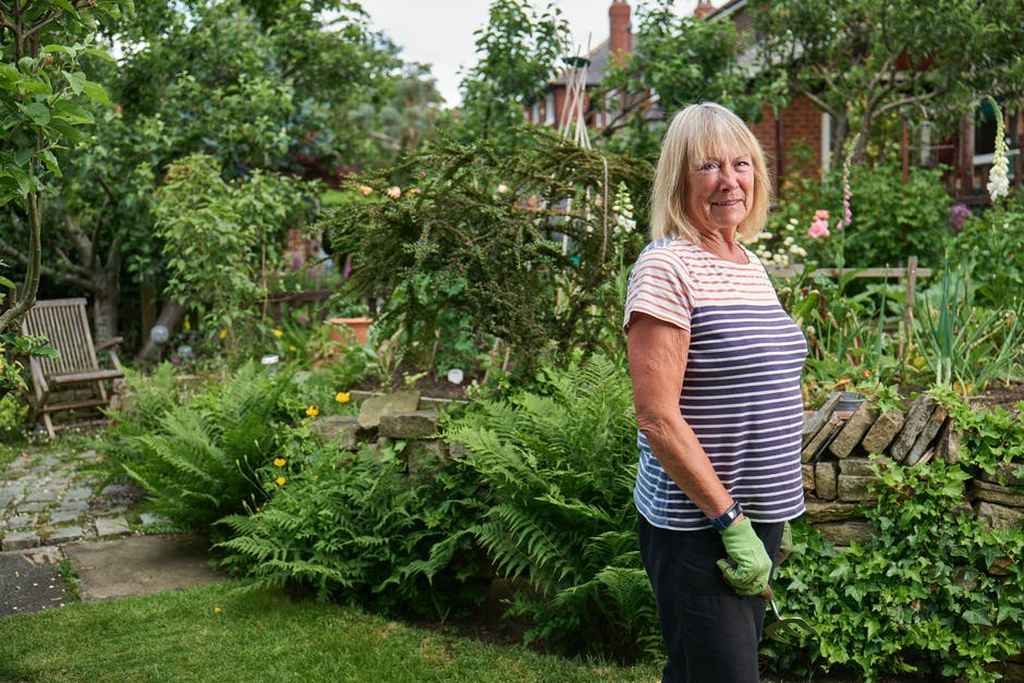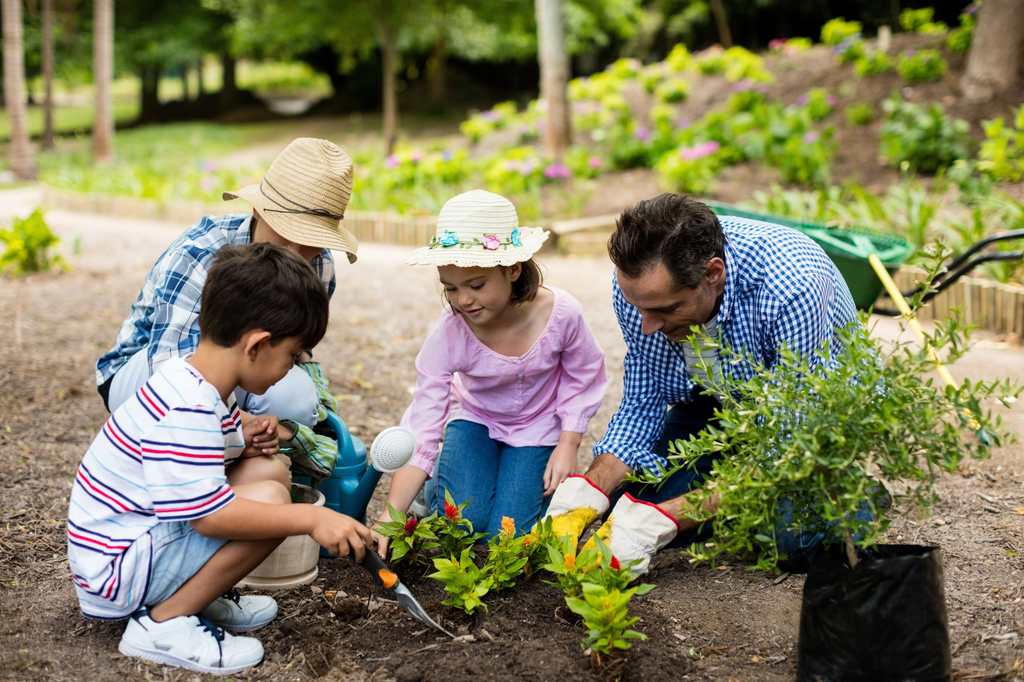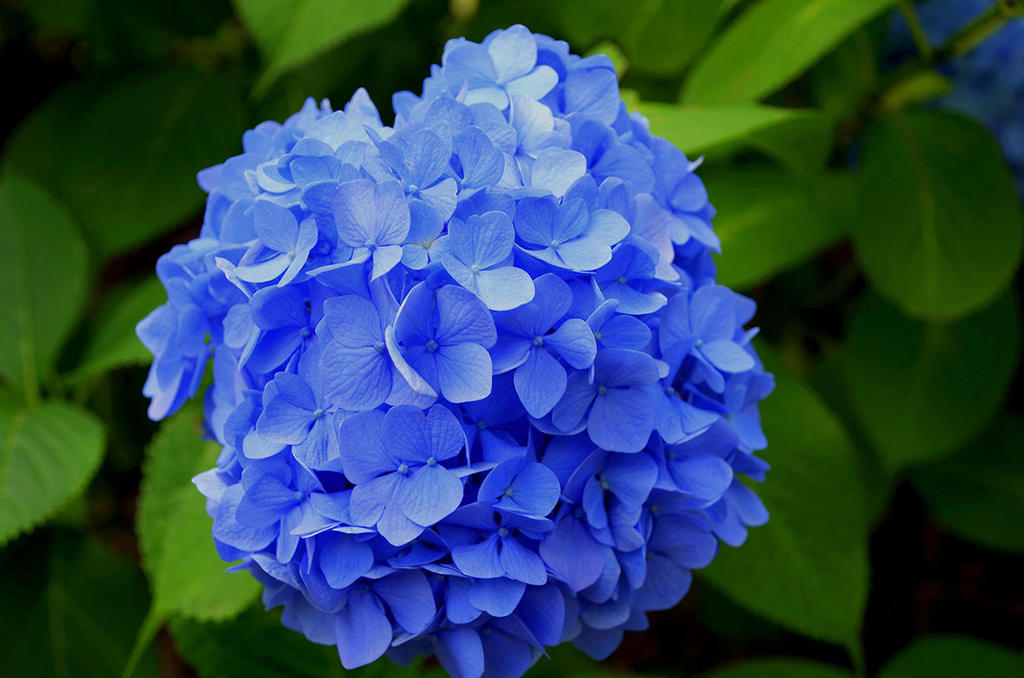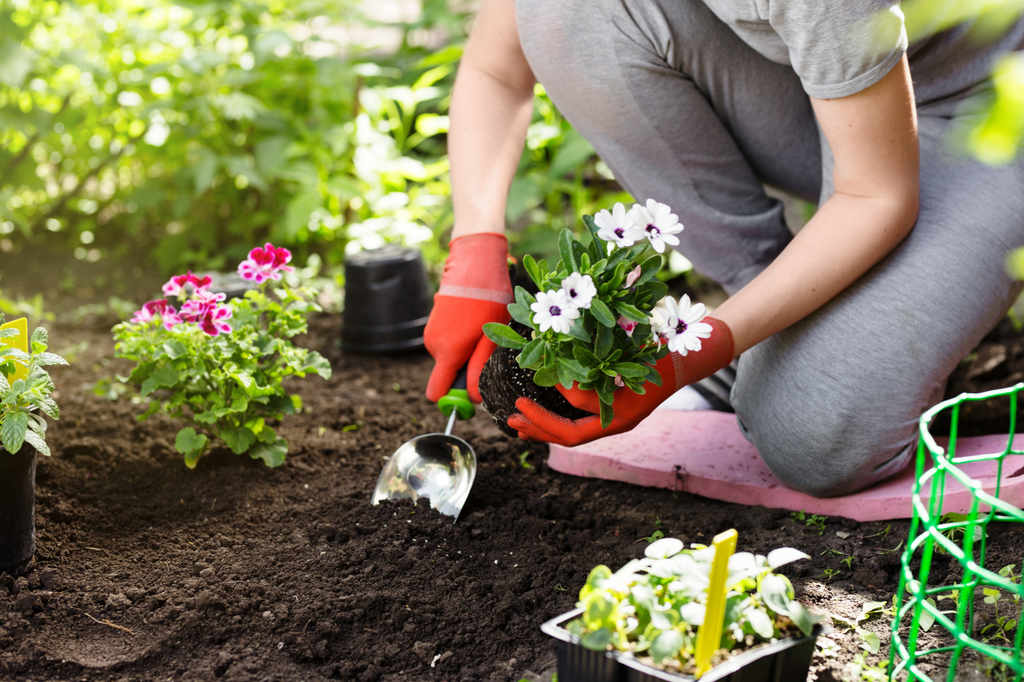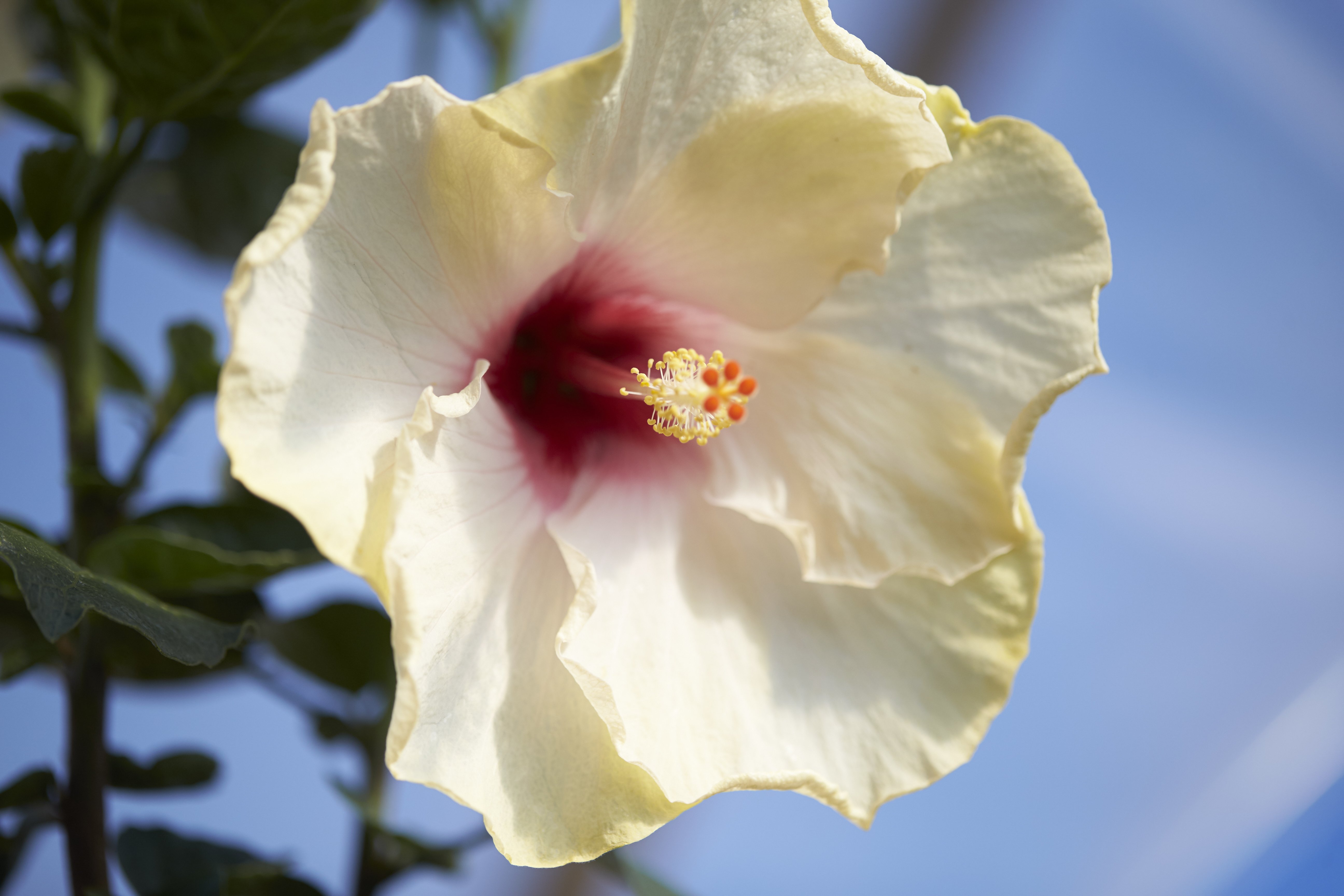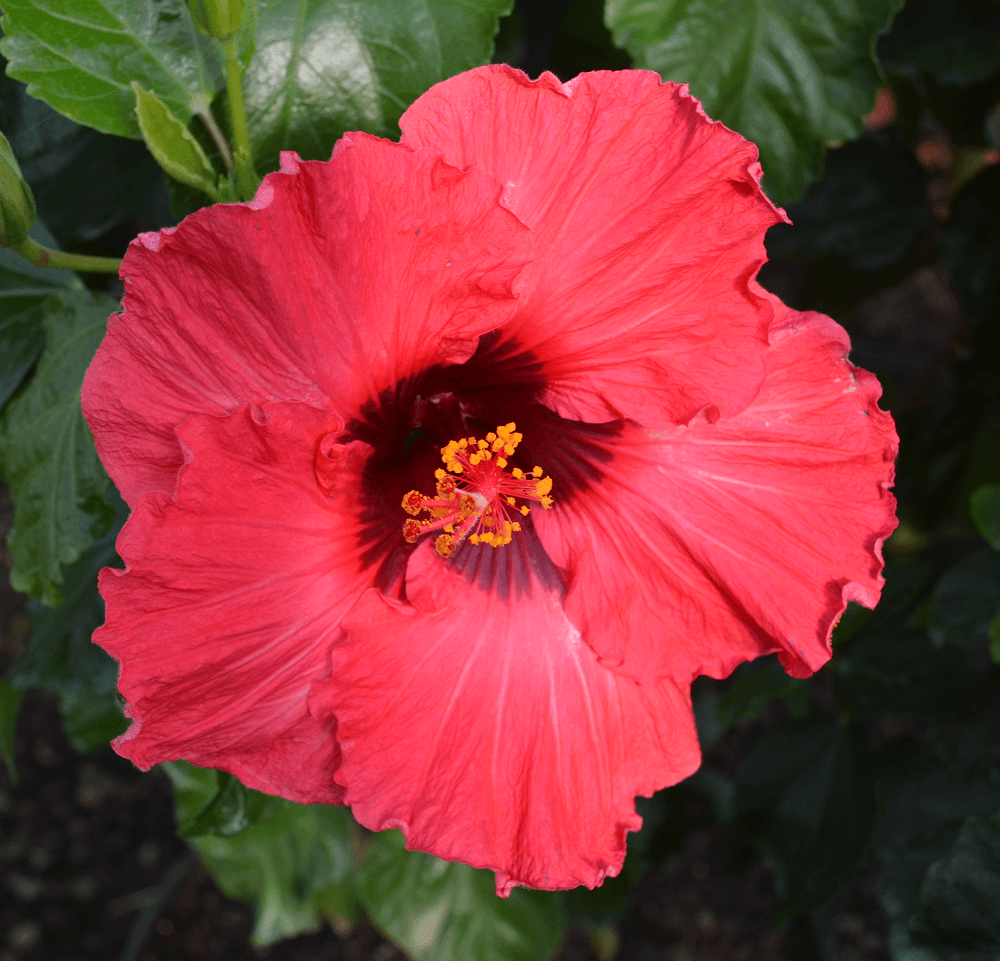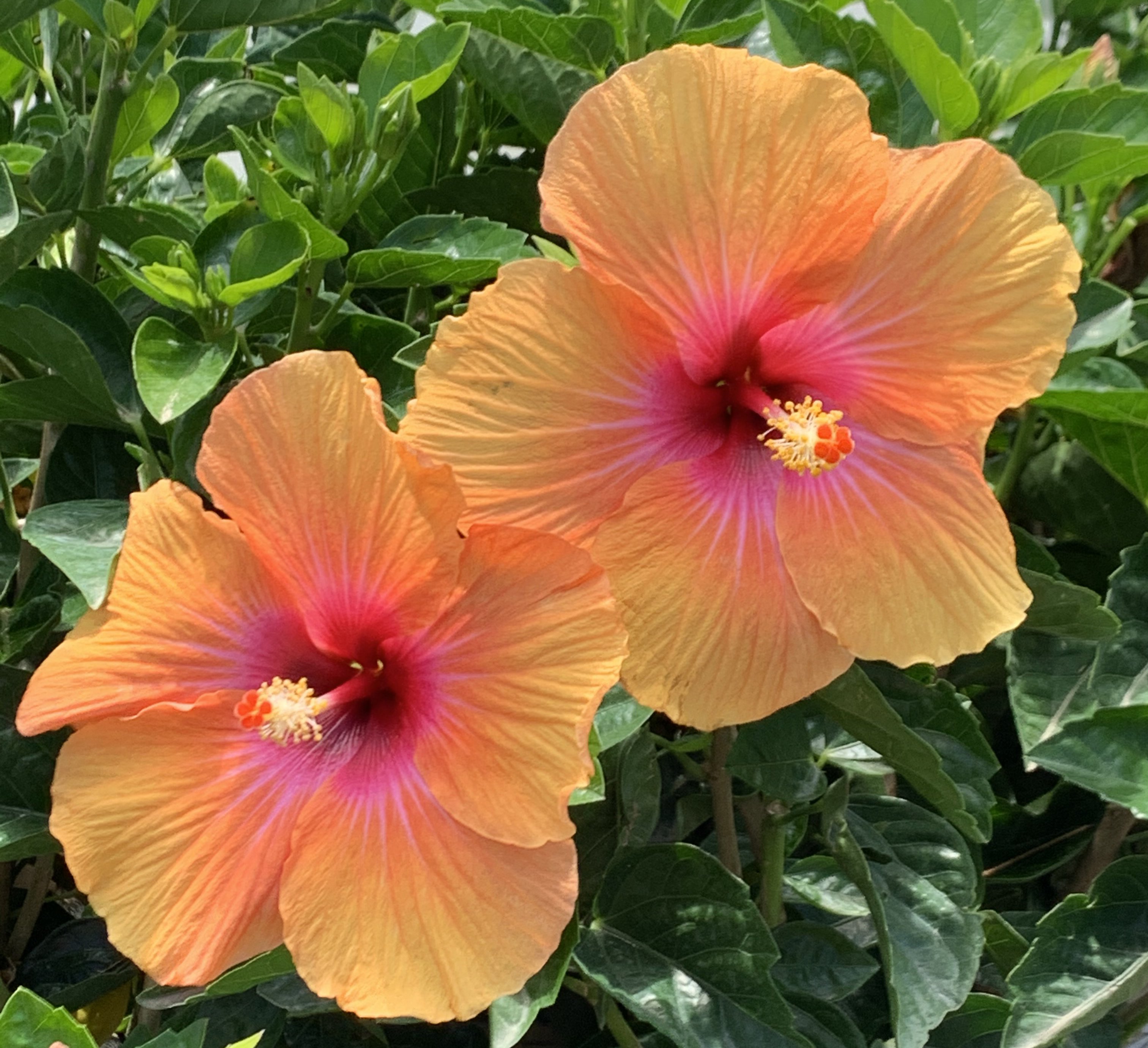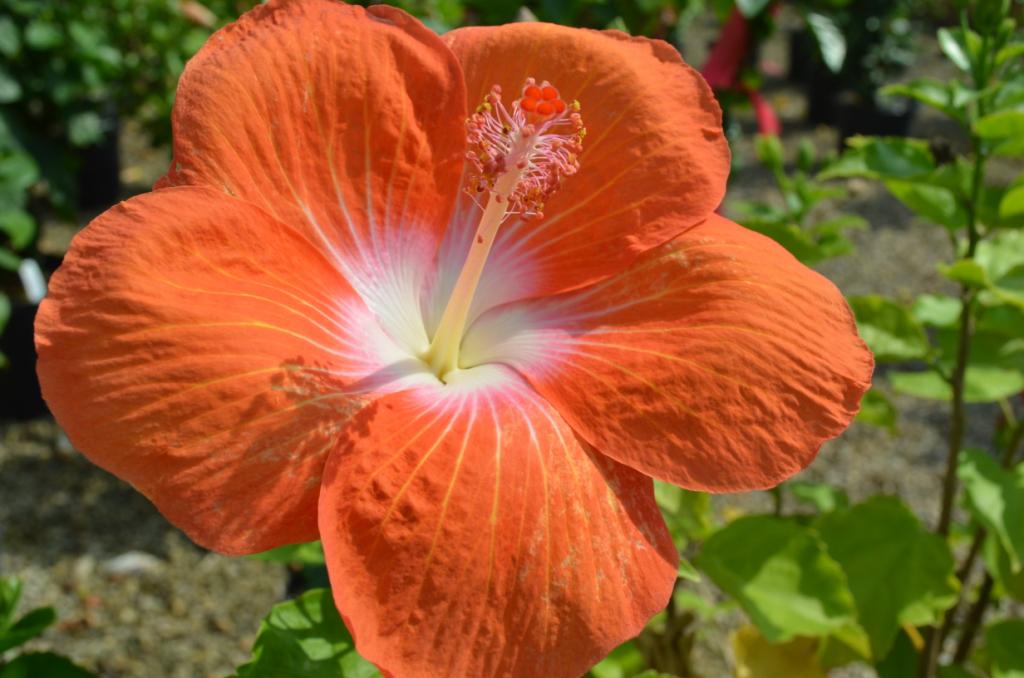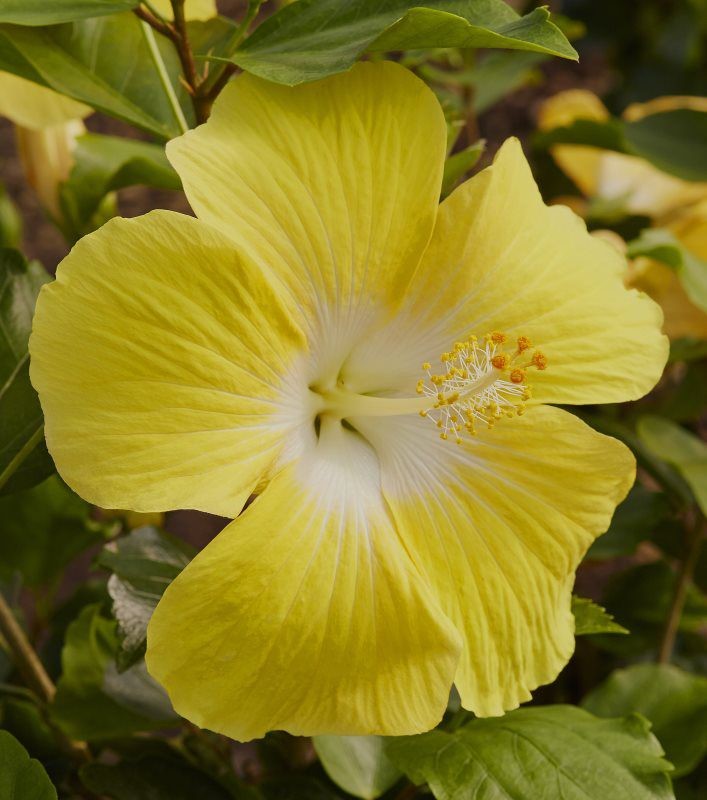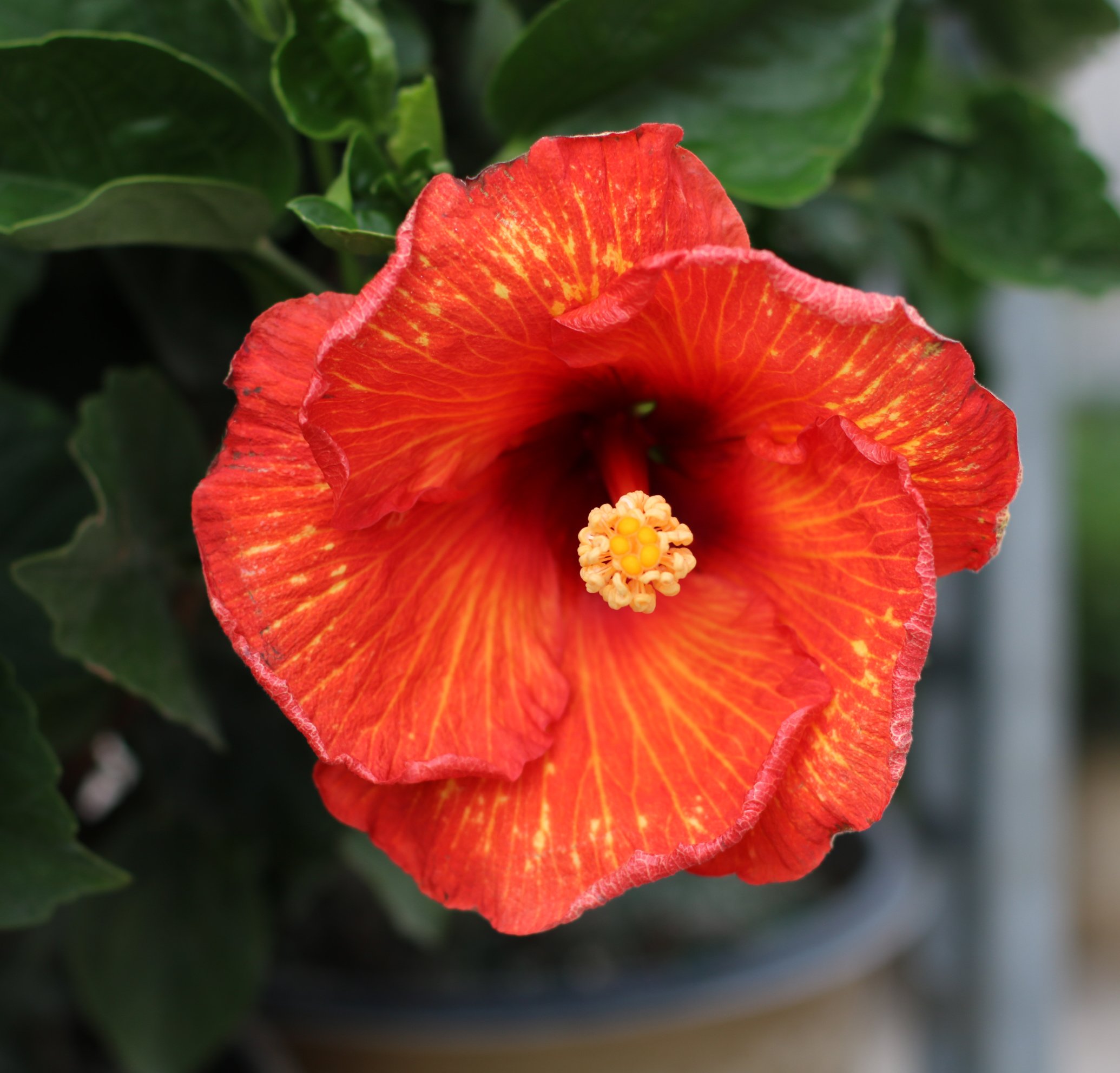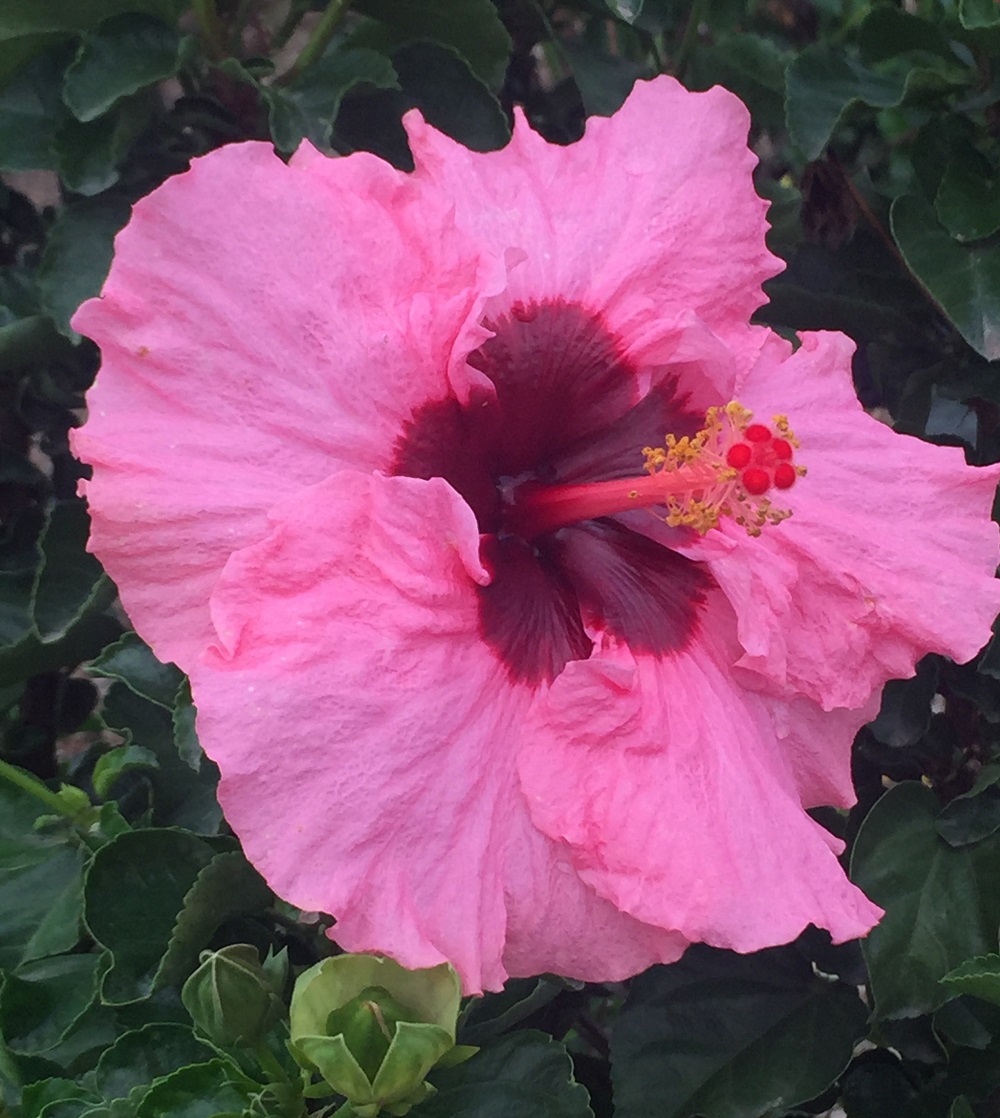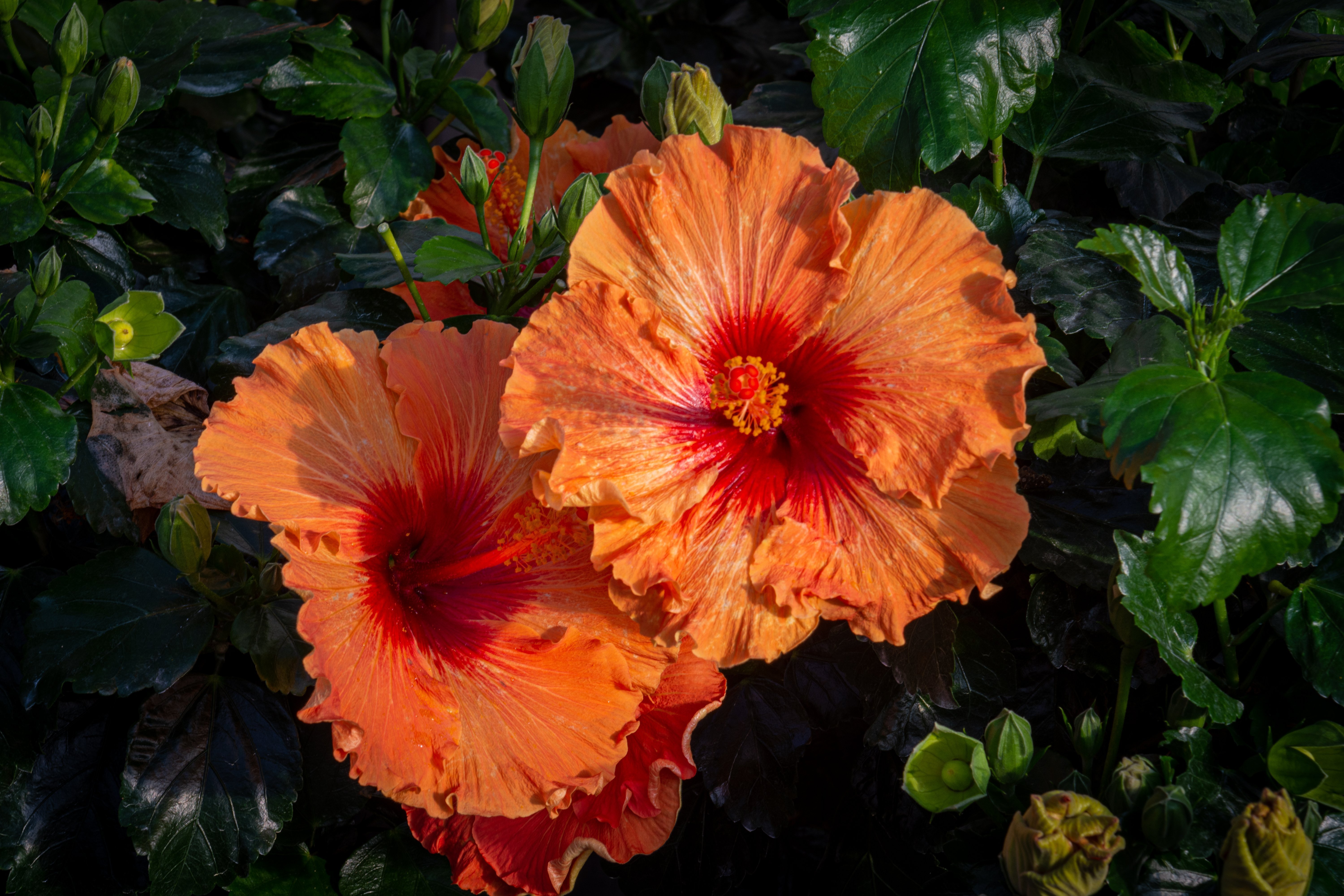By using our website, you agree to the use of cookies as described in our Cookie Policy
Nurture a Garden That Blooms: 5 Essential Spring Gardening Tips
A survey revealed that around 86% of homeowners intend to continue their gardening hobby throughout the years. Out of those surveyed, 73% enjoy growing flowers, vegetables, and shrubs the most. Why are so many homeowners growing a garden?
Gardening comes with several benefits both physical and mental. While you reduce stress and anxiety, you're also creating a safe environment for nature to thrive. With Spring here, it's time to start planning how to start a garden!
Not sure where to begin? Below, you'll find spring gardening tips every gardener should embrace. Continue reading to find some great gardening advice.
1. Inspect Garden for Damage
Winter is often a harsh time for gardens. Colder temperatures and stronger winds can sometimes cause damage to your garden. At the beginning of spring, you want to inspect the garden for signs of any damage.
Fix any damaged pathways, tools, and garden fences. Clean old planters and replace cracked ones before using them again for new annuals. Clear all leaves, twigs, and other debris from the yard and garden.
Transform the garden to like-new condition to prepare for spring.
2. Prune and Prepare Flower Beds
Once new your flowering shrubs bloom in the Spring, it is a good time to prune, depending on the type of plant. Some shrubs bloom on new wood others bloom on old wood, so just be sure you know when to properly prune your plant or ask an expert for advice.
Remove any debris that might have built up in the flower beds and aerate the soil if needed. You should then mulch the garden and mix organic matter into the soil for proper nutrition after planting your new shrubs.
3. Plant Summer Flowering Bulbs and Transplants
What plants do you want to grow in your garden? Know the answer to this question before heading to your local nursery. How much sun, water, and shade does each plant need? Now is the time to start planning for your summer garden, think lilies and dahlias.
How much space will each plant need in the garden? Design your garden to accommodate each type of plant you plan on adding to your garden. Then, start planting your favorite flowers and vegetables.
4. Welcome Birds to the Garden
Birds and bees can help keep your garden growing strong. Bird watching is also a wonderful way to spend a quiet morning or evening. You can welcome birds to your garden by providing feeders and a source of water. Don't forget, many plants offer natural food for birds, too: plant nectar sources for hummingbirds and flowers and add flowers, like sunflowers and echinacea, to your beds to feed seed-loving birds in the Fall.
Bees and butterflies are attracted to specific types of plants and flowers, so be sure to purchase the right plants for what you want to attract.
5. Fertilize and Water Regularly
Different types of flowers and plants need unique amounts of sun, shade, nutrients, and water. It's essential to know what each plant requires to grow strong and healthy. Take your time researching the plants you want to grow and understand all of their different needs.
This way, you can ensure you fertilize and water your garden appropriately.
Interested in More Spring Gardening Tips?
At J. Berry Nursery, we sell a variety of plants online and in our retail locations as well. We're dedicated to bringing innovation into the gardening market. We take pride in our plant brand genetics and are confident our plants will exceed performance expectations.
If you're looking to purchase new plants for your garden or are interested in more spring gardening tips for beginners, contact us today to see how we can help you.
‹ Back
Past Performances
These previously shown stars are not part of the Proven Winners brand and are no longer being grown at our facility.

